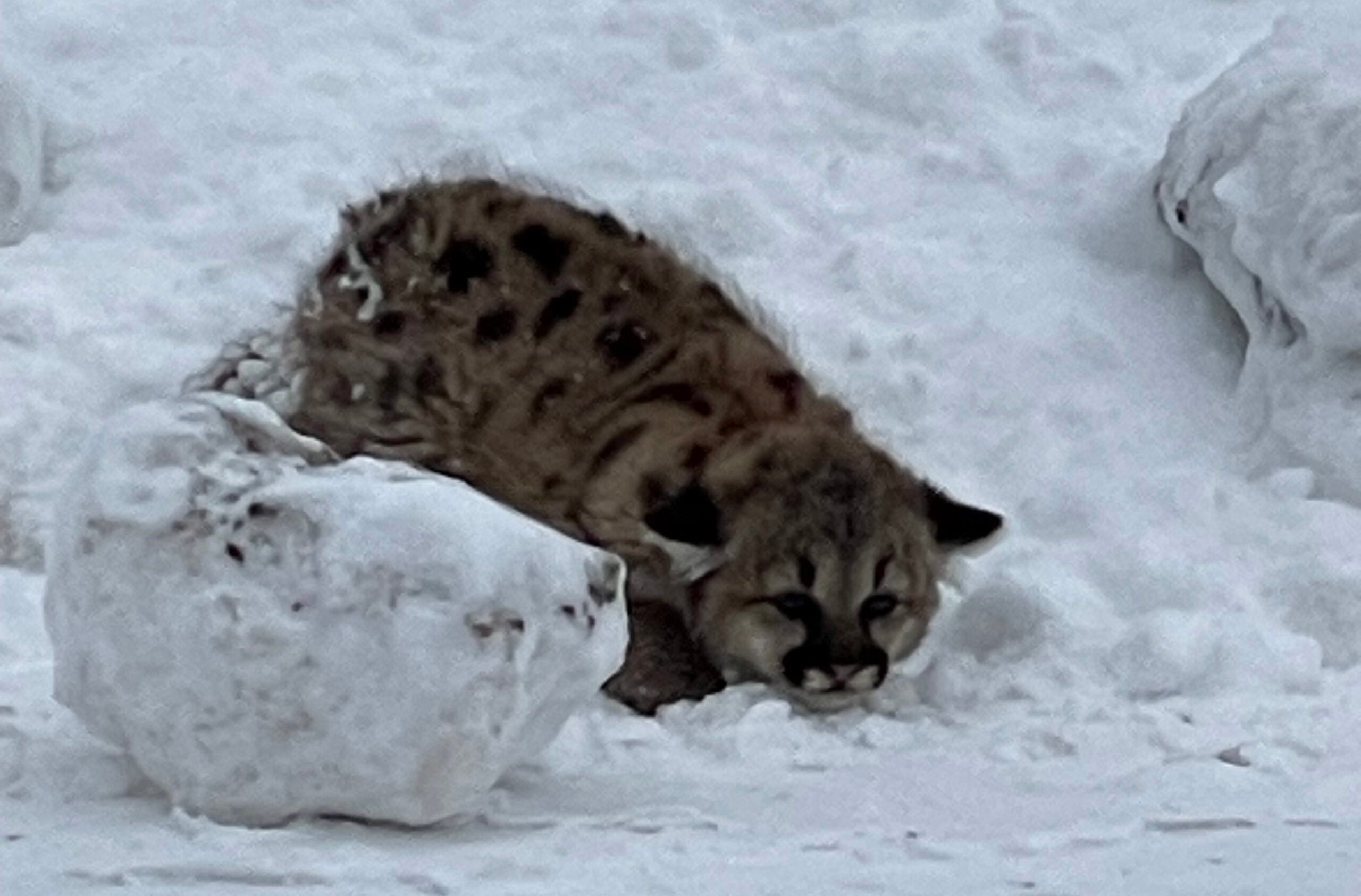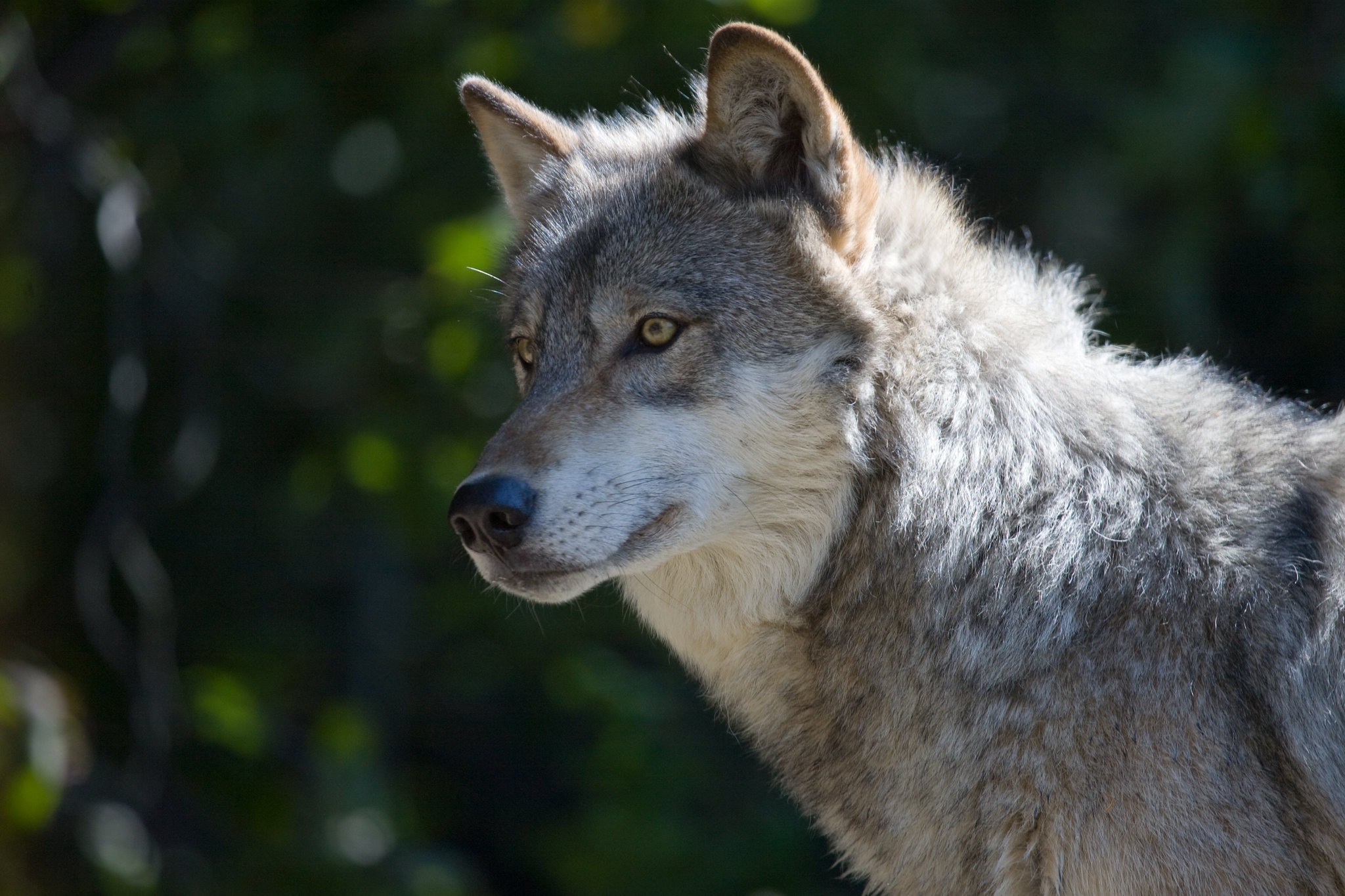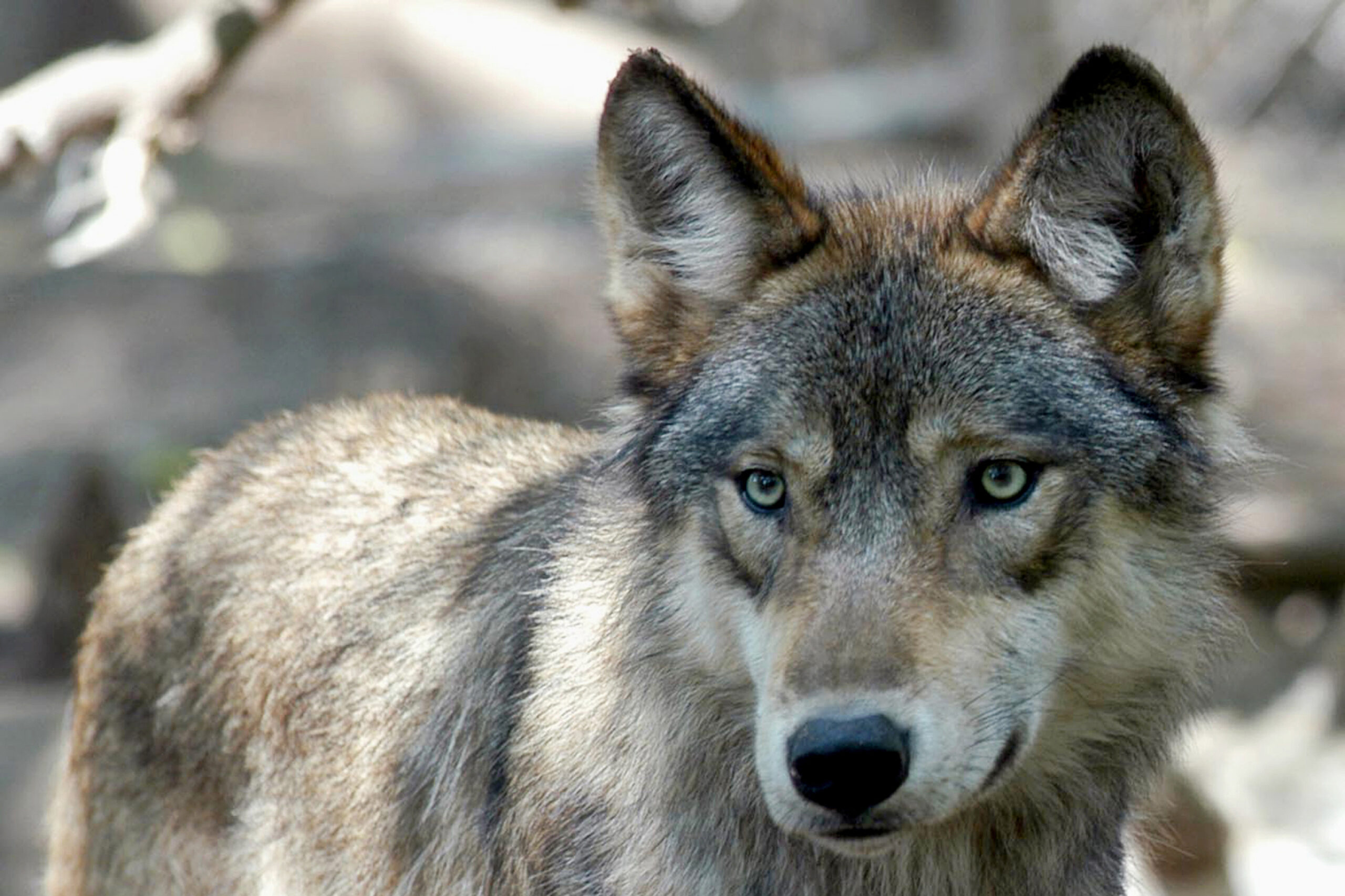The discovery this month of two cougar cubs in the wild of Michigan’s Upper Peninsula could be a sign the species’ population is expanding across the Great Lakes states.
Biologists with the Michigan Department of Natural Resources verified that a landowner in Ontonagon County, Michigan, had photographed two cougar cubs believed to be about 8 weeks old. Days later, biologists verified photographs of an adult cougar in the area, likely the mother.
It was the first time in more than 100 years that cougar kittens (the terms “cubs” and “kittens” are used interchangeably for cougars) had been verified in Michigan, and it happened in a county just 20 miles from Wisconsin’s border.
Stay informed on the latest news
Sign up for WPR’s email newsletter.
Scientists say there is not yet enough data to know for sure whether the animals are living and reproducing here. But a Wisconsin Department of Natural Resources biologist said he expects to see more sightings as the cougar population continues to expand east from the Dakotas.
“This could potentially be the turning point of the next 100 years of cougars slowly recolonizing (and) establishing a population once again in this region,” said Randy Johnson, a large carnivore specialist with the DNR.
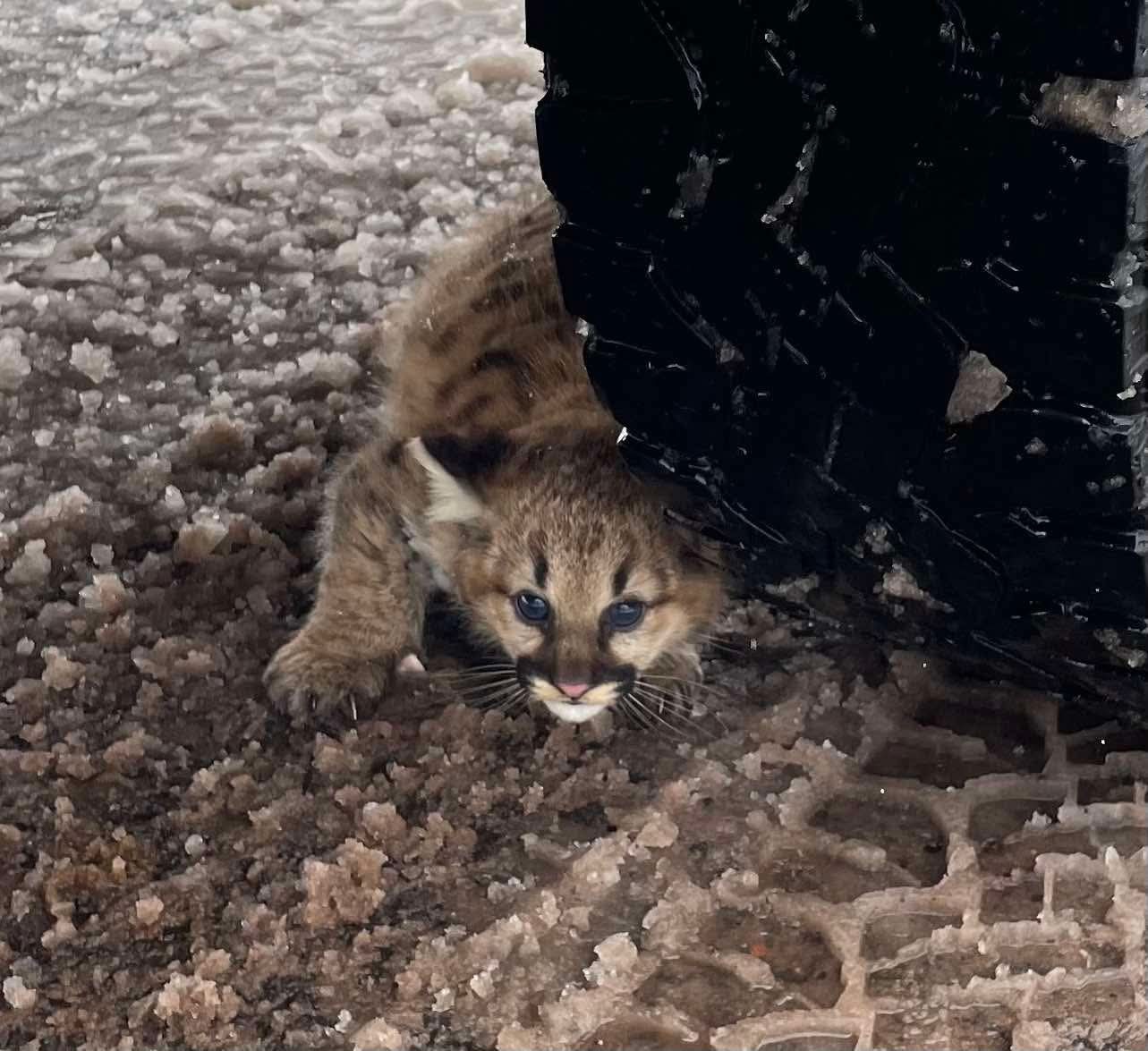
Michigan biologists have not seen the kittens since they were photographed in early March. They warn even the photos are not verification that cougars are breeding in the wild here. For example, biologists could not verify that the adult photographed in Michigan was a female.
But reports of sightings of the cats have been on the rise in both Wisconsin and Michigan, suggesting transient cougars are seeking territory in the region. In 2023, a bowhunter in Wisconsin’s Buffalo County killed an adult cougar during a deer hunt.
Johnson said the Wisconsin DNR receives reports each year of sightings of cougar kittens, but has not been able to verify one. In some cases, people may be mistaking the much smaller and more common bobcat for a cougar.
Still, Johnson said the cougar’s natural habitat extends “from Alaska down to the tip of South America.” Before they were nearly hunted to extinction in the late 19th and early 20th centuries, they lived across the continent. It is only in the last 30 years or so that populations have returned to the Great Plains region. And as the solitary animals seek their own territory, they often cover vast distances.
Johnson said the habitat here is well-suited to the cougar, with plenty of hunting ground and ample prey.
“When they get here, they’re finding everything they need except mates,” he said. “It’s more a matter of time of having enough of these transients get over here. Eventually a female will make it, and eventually that slow process of recolonization will occur.”
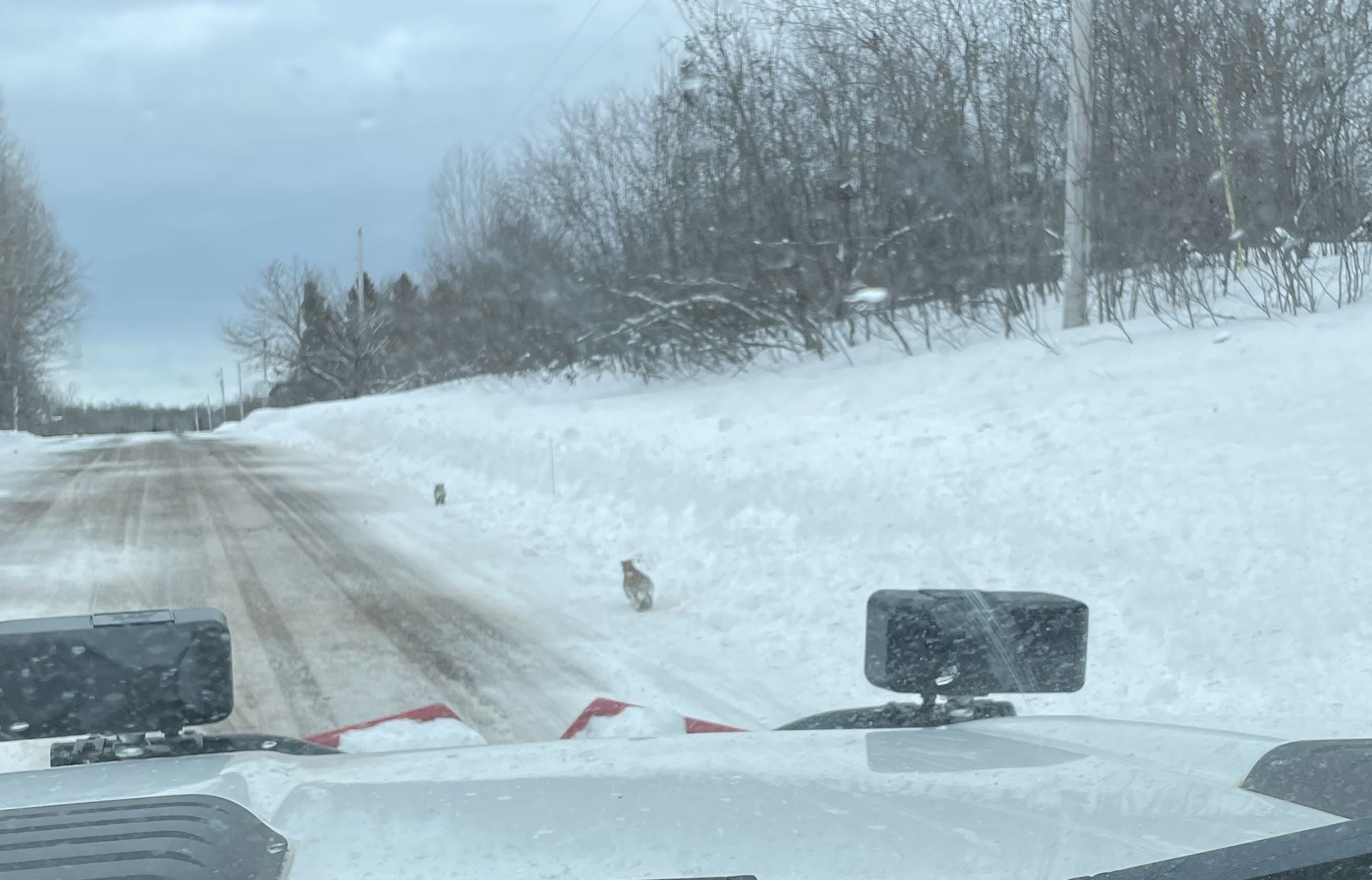
Though powerful predators, cougar attacks on people are exceedingly rare. Johnson said they are typically content to hide and watch humans pass by.
Brian Roell, a wildlife biologist with the Michigan DNR based in Marquette, said like Johnson, he thought it was just a matter of time until cougar cubs showed up in a Great Lakes state. But he was surprised Michigan was the first to document them, since Minnesota and Wisconsin are both closer to the population source. And it’s still too soon, he said, to jump to conclusions about the population.
“This is certainly a game- changer if we document reproduction,” Roell said. “But does it happen regularly? Is this a one-off? Those are all those kinds of questions we just don’t know.”
If you have information about a cougar or other wildlife sighting of interest, use the Wisconsin DNR’s online Wildlife Observation tool to share photos or other information with biologists.
Wisconsin Public Radio, © Copyright 2025, Board of Regents of the University of Wisconsin System and Wisconsin Educational Communications Board.
